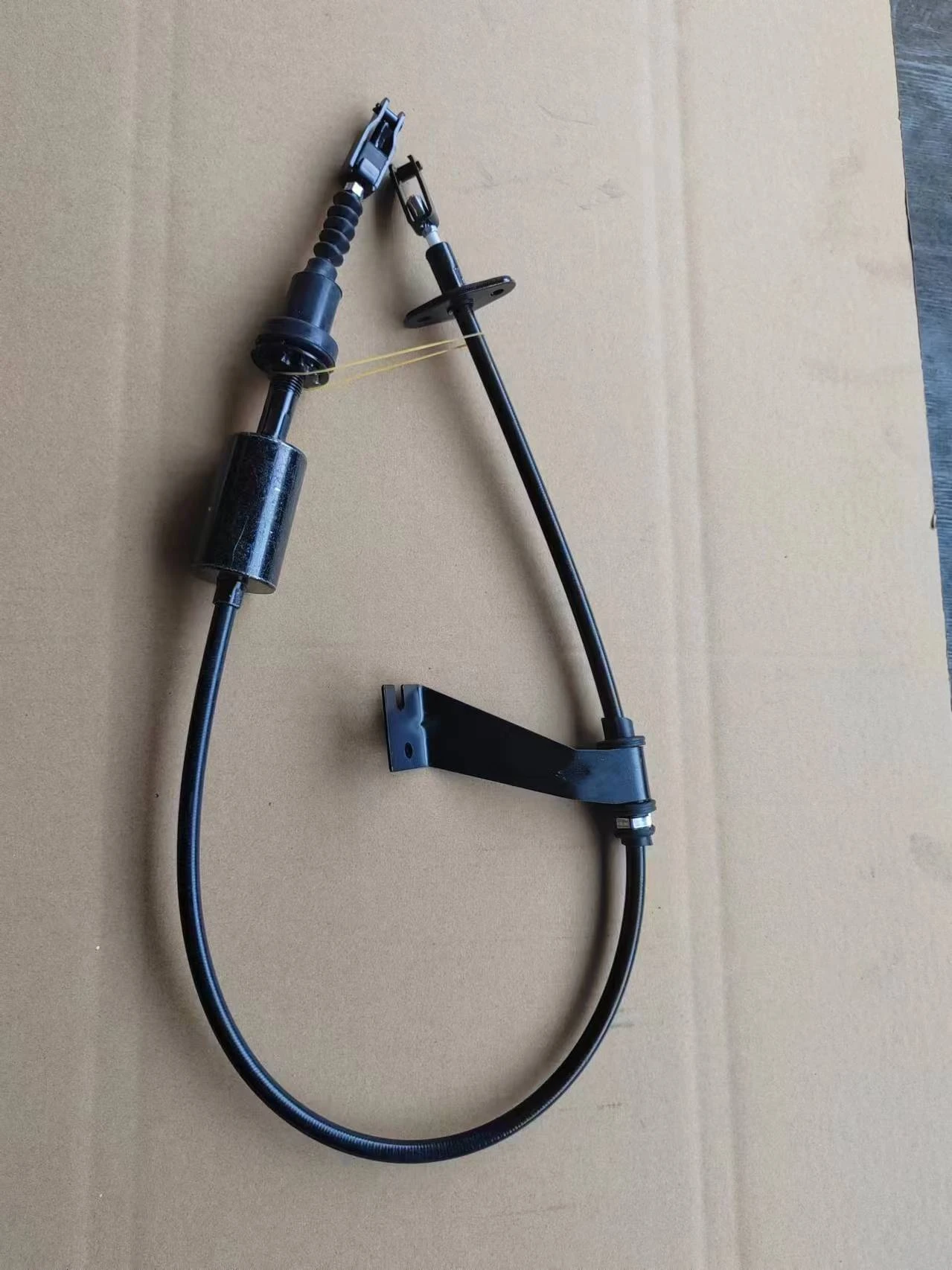Understanding the Mechanism of Push and Pull Throttle Cables for Engine Control
Understanding Push and Pull Throttle Cables Key Components of Engine Control
Throttle cables are essential components in various machinery and vehicles, particularly those with internal combustion engines, such as motorcycles, lawnmowers, and cars. The specifics of throttle operation can significantly impact engine performance and handling. Among the different types of throttle cables, push and pull throttle cables are particularly noteworthy. Understanding their function, operation, and significance in engine management can enhance our appreciation of vehicle design and performance.
Basics of Throttle Cable Function
At its core, a throttle cable is responsible for transmitting the driver's input to the engine control system. When the driver presses the accelerator pedal or twists the throttle grip on a handlebar, this action is translated into a mechanical motion that adjusts the throttle valve's position. This valve controls the amount of air and fuel entering the engine, thus influencing its speed and power output.
There are two primary types of throttle cables the push throttle cable and the pull throttle cable. They operate in tandem to ensure smooth and responsive engine control.
Push Throttle Cable
The push throttle cable generally connects the accelerator pedal or throttle grip to the throttle body or carburetor. When the driver pushes down on the pedal or grips the throttle, this action pushes the cable, which in turn opens the throttle valve. The push cable's primary role is to facilitate acceleration. As the cable is engaged, it pulls the throttle blade open, allowing more air and fuel into the engine and increasing power output.
The design of the push cable is crucial. It must be durable enough to handle the tensions and vibrations inherent in engine operation while providing a precise response to the driver’s input. High-quality materials commonly used include stainless steel or specially coated nylon to reduce friction and wear over time.
Pull Throttle Cable
push and pull throttle cable

Conversely, the pull throttle cable is primarily involved in returning the throttle valve to its closed position after the driver releases the accelerator. This control is vital for regulating engine speed and ensuring safe operation. When the push cable is disengaged, the pull cable comes into play, pulling the throttle blade back to a closed position, cutting off the airflow and fuel supply, and ultimately lowering engine RPM.
Just as with the push cable, the pull cable must also be robust and efficient. Any failure in the return mechanism can lead to dangerous situations, such as unintended acceleration. Therefore, manufacturers typically use high-quality materials and precise engineering to create a reliable and responsive pull throttle cable.
Importance in Engine Management Systems
Push and pull throttle cables represent more than just simple mechanical linkages; they play a vital role in modern engine management systems. As vehicles have become more sophisticated, integrating electronic throttle control (ETC) has replaced traditional cable systems in many scenarios. However, many older models and certain applications still heavily rely on push-pull systems for throttle control.
In performance applications, where immediate throttle response is critical, push and pull throttle cables are designed to minimize slack and ensure that the driver’s input is transmitted as quickly as possible to the engine. This direct mechanical link provides a level of feedback that many drivers and racers prefer over the more disconnected feel of electronic throttles.
Maintenance and Optimization
Regular maintenance of push and pull throttle cables can ensure optimal performance and safety. It is essential to check for fraying, rust, or binding, which can hinder throttle response or cause complete failure. Lubricating the cables and ensuring they are properly aligned can enhance performance and longevity.
In conclusion, push and pull throttle cables are indispensable components of engine control systems. They embody the balance of mechanical engineering with practical vehicle design, ensuring that the driver’s commands translate seamlessly into engine response. Understanding these cables' roles can lead to better vehicle performance and a deeper appreciation for the technology behind the machines we use every day. Whether you're a mechanic, an automotive enthusiast, or a casual driver, an awareness of push and pull throttle cables enriches your understanding of modern engine management systems.
-
Workings of Clutch Pipe and Hose SystemsNewsJun.04,2025
-
The Inner Workings of Hand Brake Cable SystemsNewsJun.04,2025
-
The Secrets of Throttle and Accelerator CablesNewsJun.04,2025
-
The Hidden Lifeline of Your Transmission Gear Shift CablesNewsJun.04,2025
-
Demystifying Gear Cables and Shift LinkagesNewsJun.04,2025
-
Decoding Clutch Line Systems A Comprehensive GuideNewsJun.04,2025
